- Home
- About us
-
- Injector

- Bulbs & Lamps

- Contactor

- Fuse

- PLC Systems

- Scanner

- Cable & Connector

- Controller

- HMI

- Potentiometers & Variable Resistors

- Seal / Repair Kit

- Transistor

- Capacitor

- Cooling Fan

- Indicator

- Power Supply

- Sensors

- I\O Modules

- Circuit Breaker

- Detector

- Inverter

- Recorder

- Servo Drive

- Amplifier

- Computer

- Drives

- Meter

- Rectifier

- Servo Motor

- Adapter

- Control Unit

- Electronic Components

- Motor

- Regulator

- Starter
- Block

- Converter

- Encoder

- PCB

- Relays

- Switch

- Telecom and Communication

- Timer

- Transducer

- Transformer

- Transmitter

- VFD

- All Brands
- Contact Us
- Home
- About us
-
- Injector
- Bulbs & Lamps
- Contactor
- Fuse
- PLC Systems
- Scanner
- Cable & Connector
- Controller
- HMI
- Potentiometers & Variable Resistors
- Seal / Repair Kit
- Transistor
- Capacitor
- Cooling Fan
- Indicator
- Power Supply
- Sensors
- I\O Modules
- Circuit Breaker
- Detector
- Inverter
- Recorder
- Servo Drive
- Amplifier
- Computer
- Drives
- Meter
- Rectifier
- Servo Motor
- Adapter
- Control Unit
- Electronic Components
- Motor
- Regulator
- Starter
- Block
- Converter
- Encoder
- PCB
- Relays
- Switch
- Telecom and Communication
- Timer
- Transducer
- Transformer
- Transmitter
- VFD
- All Brands
- Contact Us
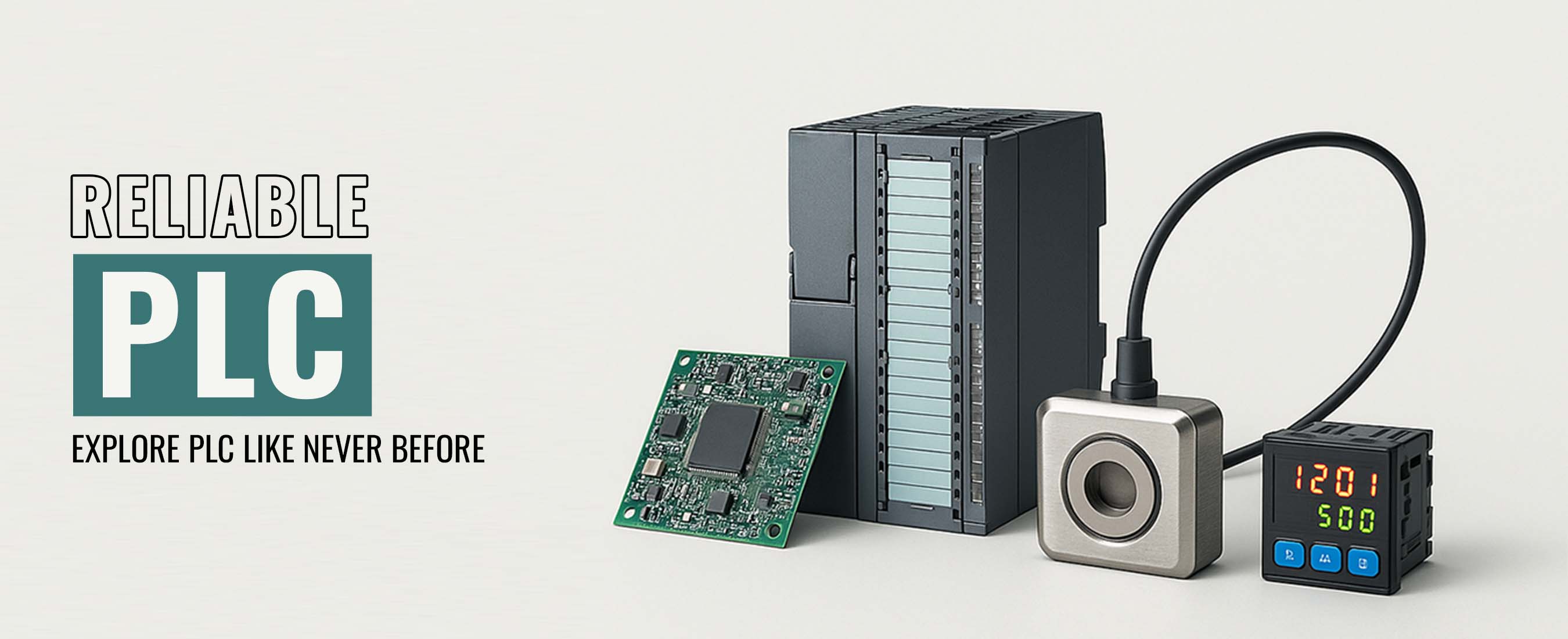





Newly Added
Feature Products
Best Sellers
Top Brands, Curated for You!
Discover over 200 global and local brands across diverse categories only on Gajab!
Easy Buying Process
Our platform makes shopping simple-helping you discover products, compare options, checkout securely, and receive fast, reliable delivery.
Explore Products40K+ Happy Customer Globally
Here you can find experience of buyers with Aeliya
O'conel
Reliability — swift delivery and consistent excellence in customer service have made them my go-to supplier.
Founder of Naturals
Eliza Calley
Flawless customer experience — They not only delivered on time but exceeded expectations, proving their reliability in every aspect.
Founder of Naturals
Benni Relsov
They fulfilled their promises seamlessly, solidifying their status as a trustworthy supplier.
Founder of Naturals
Dev Subramaniam
Good customer service. Delivered as promised! Very reliable supplier.
Founder of Naturals
Ishan Vadalia
Quality goods and services... Highly recommendable...
Founder of Naturals
Frequently Asked Questions
Can’t find the answer you’re looking for?
Contact UsBlog posts

How to Select the Right Automation Components for Industrial or Marine Environments?
Read more
How to Extend the Life of Your Industrial Equipment with Quality Parts?
Read more
How Overload Relays Protect Electric Motors?
Read more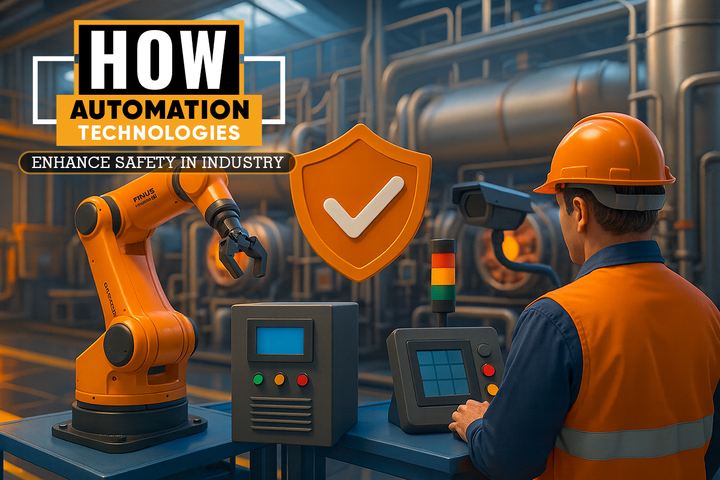
How Automation Technologies Enhance Safety in Industry
Read more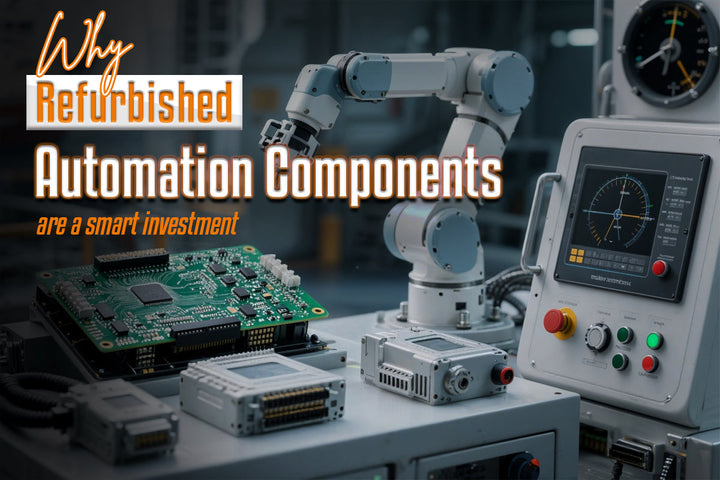
Why Refurbished Automation Components Are a Smart Investment?
Read more
How Thermostats Regulate Climate Conditions on Ships?
Read more
How to Ensure Safety in Marine Electrical Installations?
Read more
How to Keep Marine Automation Systems Running Smoothly for the Long Term
Read more
How to Choose the Right Motor for Your Industrial Operations?
Read more
Importance of Adopting Best Industry Practices in Business Operations
Read more
What is a Smart Factory? How Automation is Changing Manufacturing
Read more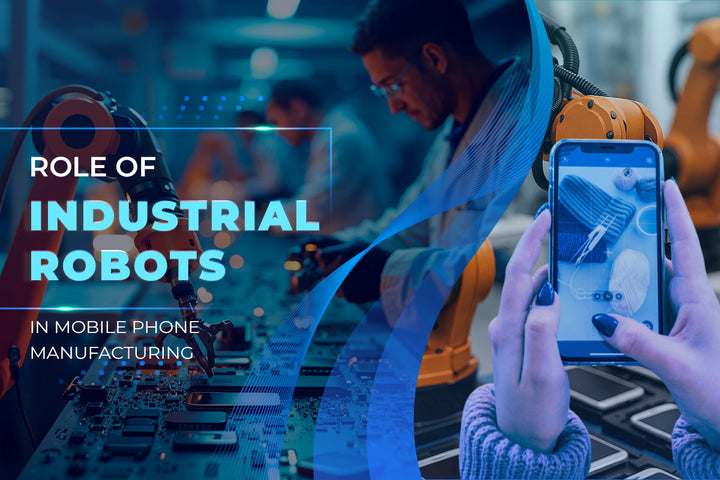
Role of Industrial Robots in Mobile Phone Manufacturing
Read more
Explore the Best Industrial Automation Companies in Singapore.
Read more
How Marine Automation Systems Work?
Read more
Essential Industrial Automation Applications for Smarter Production.
Read more
Choosing the Right PLC Automation Companies for Your Business
Read more
Top 10 industrial automation companies in the world
Read more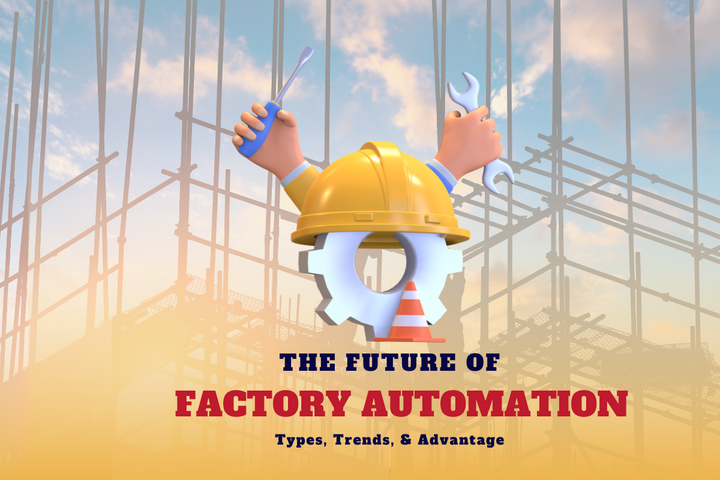
The Future of Factory Automation: Types, Trends, & Advantage
Read more
Balluff Industrial Safety Solutions for Automation
Read more
Top Transformer Solutions for Voltage Regulation & Safety
Read more
Radar: The Tech That Sees Through Storms
Read more
Seal the Deal: Top Seal Repair Kits for Marine Durability
Read more
The Future of Automation: Innovations in Servo Motor Technology
Read more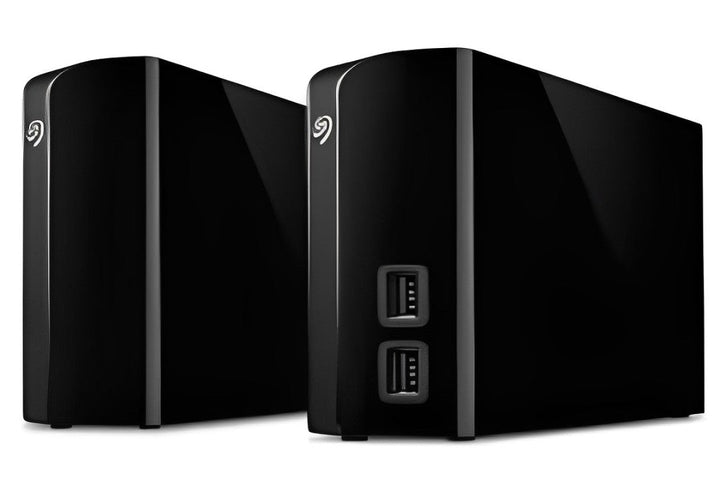
Explore the Latest in Hard Drives: Best Storage Solutions!
Read more
High-Quality Thermometers for Marine Automation Needs
Read more
Find the Perfect Amplifier for Your Audio Needs
Read more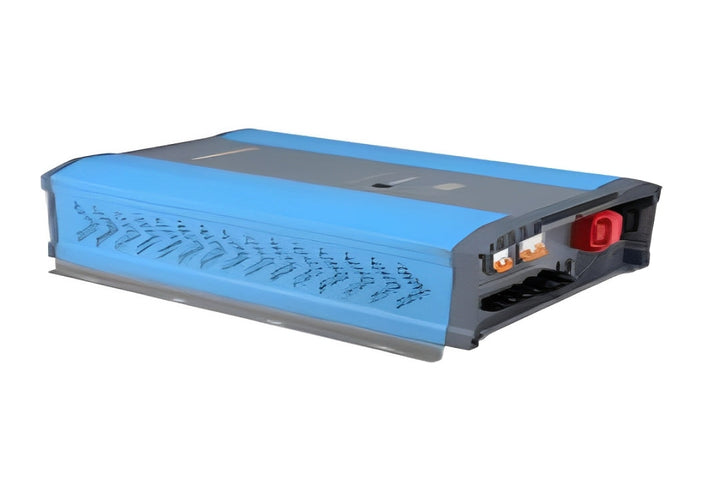
What is Inverter? Features, Benefits, and Applications.
Read more
High-Quality Control Valves to Enhance Your System’s Output.
Read more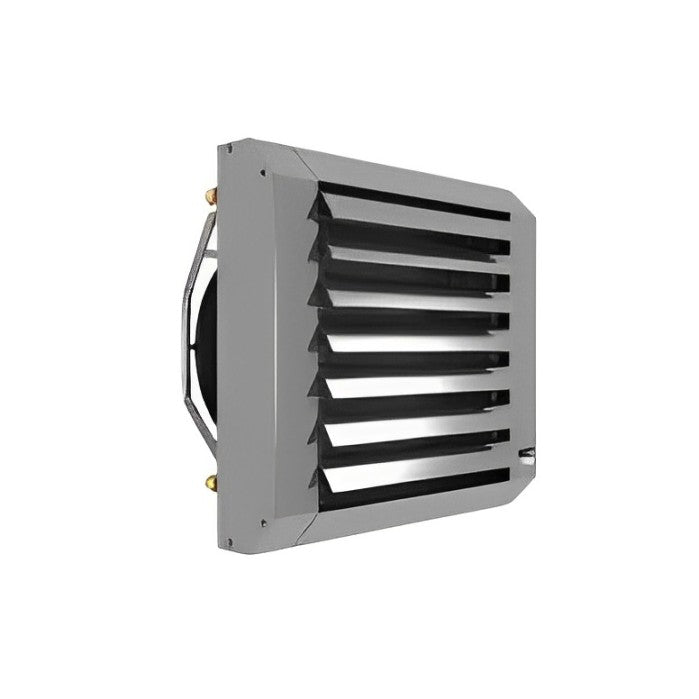
Best Industrial Heaters – Heat for Tough Environments.
Read more
The Impact of HMIs on Machine Downtime and Maintenance.
Read more
Why Pressure Gauges Matter in Industrial and Home Applications?
Read more
How Rectifiers Transform Electrical Power Systems
Read more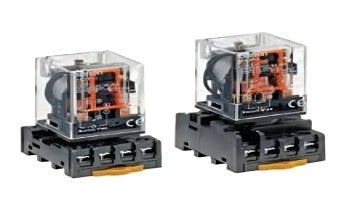
The Role of Safety Relays in Industrial Automation.
Read more
The Evolution of Navigation: From Maps to Digital Systems.
Read moreParker's Advanced Filtration Systems: Clean Power, Clean World.
Read more
Top Benefits of Choosing Mean Well Power Products for Your Projects.
Read more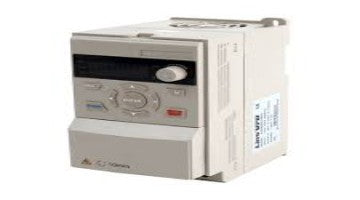
The Benefits of VFDs in Industrial and Marine Applications.
Read more
Why Quality Matters: Choosing Genuine Marine Spare Parts.
Read more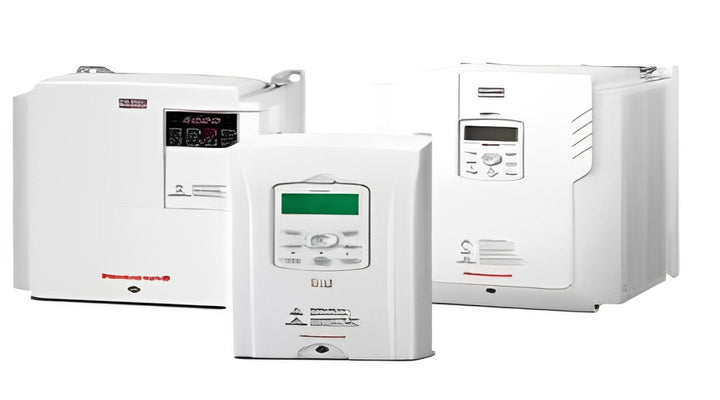
Innovative Honeywell Products for Industrial and Commercial Efficiency
Read more
Explore Flexible Timers for Domestic and Industrial Use.
Read more
Smart Cables & Connectors: Connecting Devices with Lightning Speed.
Read more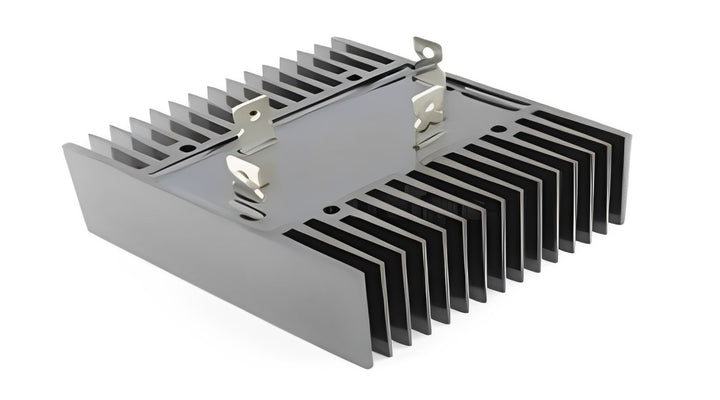
Latest Developments in Rectifiers: Improving Power Systems.
Read more
Oil Mist Detectors: Protect Your Engine Safely!
Read more
Best Recorders to Capture Every Sound and Word Clearly.
Read more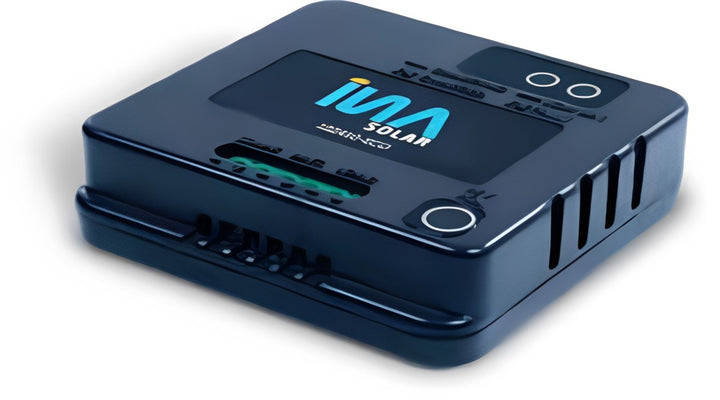
The Evolution and New Updates of Controllers: What’s New in Technology Today?
Read more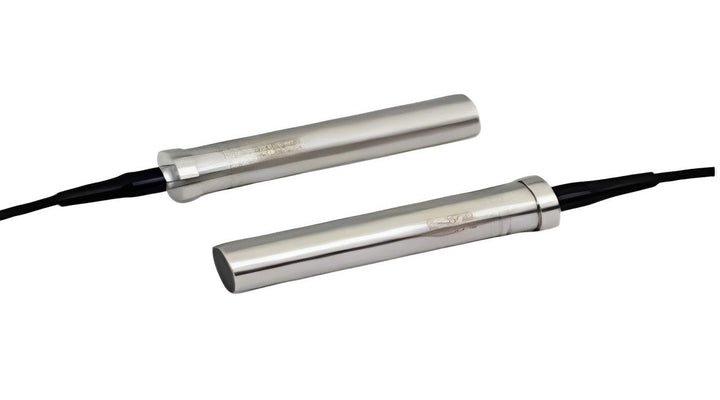
Exploring the Latest Advances in Ultrasonic Transducers
Read more
The Role of Electronic Components in Modern Devices.
Read more
The Role of Variable Resistors in Circuit Design and How They Help Everything Work Right
Read more
Finding the Perfect Scanner: Tips for Every Need
Read moreSubscribe to get latest deals, offers, and more.
Your data is safe with us.


 Request for Quotes
Request for Quotes
 Help Center
Help Center




























































































































































































































































